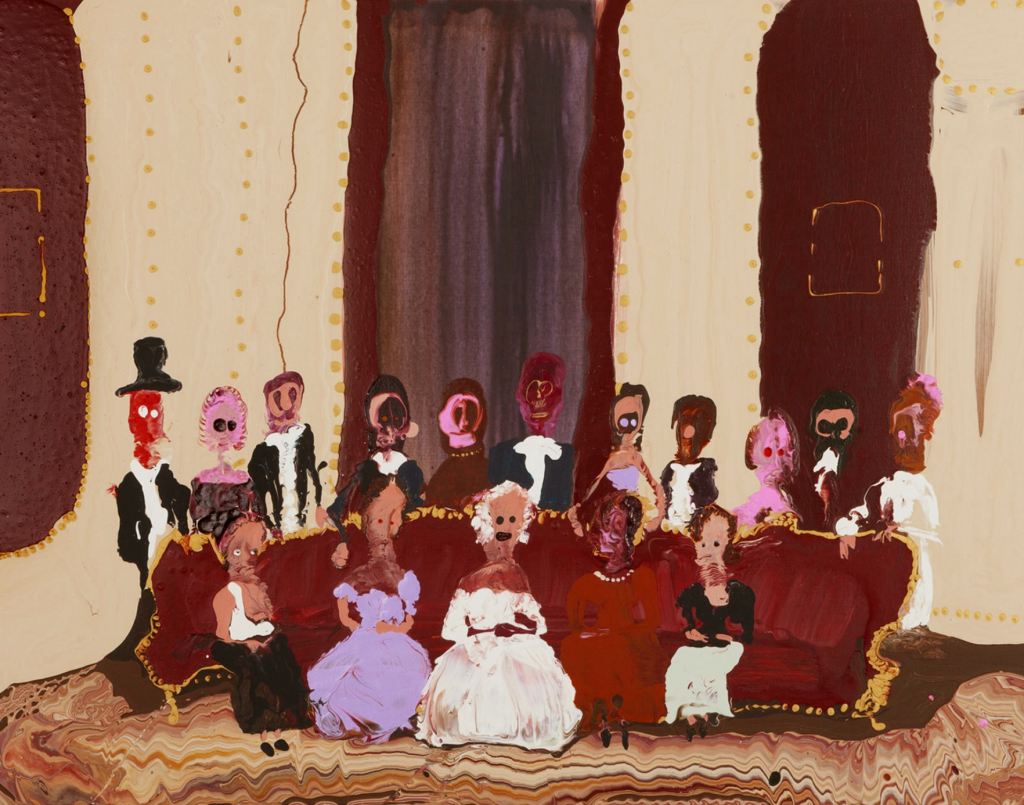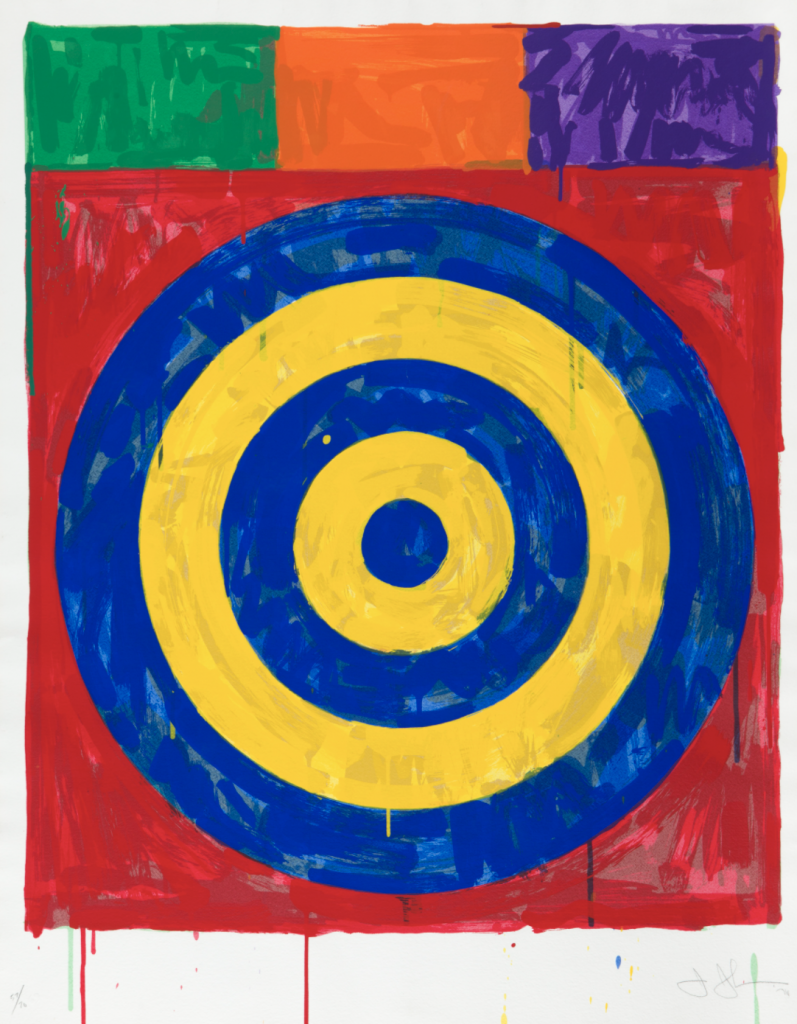Artnet’s Crystal Ball: Our Specialists Make Predictions for 2021


Artnet Auctions

Needless to say, 2020 was a challenging year, but it was also an informative one for the art market. Marathon auctions took place across continents and timezones, records were broken for online sales, and the art world more readily embraced the power of the internet.
As a way to reflect on the last year, we asked our Artnet Auctions department heads to tell us about the trends they saw, the things that surprised them, and what it all means for whatever comes next. Hear what our experts think may be in store for 2021—and be sure to join us for an even deeper dive with the team during our virtual event, “A Closer Look,” on Friday, January 22.

Genieve Figgis, Royal friend portrait (2017). Sold for $108,000 in May 2020 on Artnet Auctions.
In 2020, high-value lots saw a strong overall decline in volume while sales of lots below $1 million remained more steady. The most notable record from last year was a Francis Bacon triptych that sold at Sotheby’s for $85 million (compared to the 2019 world record of $110 million for a Monet and the 2018 record of $157 million for a Modigliani). But according to Johannes Vogt, Artnet Auctions Head of Contemporary Art, that should come as no surprise as the highest end of the market has been quietly shifting to private sales for quite some time.
“The trend has been around for years, and has nothing to do with the pandemic,” he tells us. And while the total global auction volume may have decreased, contemporary art has always proven to be the most resilient category. “The interest and the purchasing power are there,” Johannes says. Expect the online market to continue to develop at a fast clip.

Vik Muniz, 20th Century Fox (After Ed Ruscha) (from Pictures of Cars) (2008). Sold for $66,000 in November 2020 on Artnet Auctions.
Head of Photography Susanna Wenniger has recently noticed stronger auction sales for artists like Annie Leibovitz and Diane Arbus, a shift she believes may be due in part to “taking photography out of the silo of the photo world, and putting it in the context of the bigger contemporary art world.” Leibovitz and Arbus’ estates were picked up by Hauser and Wirth and David Zwirner, respectively, over the last two years, and mega-gallery representation “changes an artist’s secondary market.” Susanna notes that photographic works by women artists of color are in extremely high demand as well.
In the last few months of the year, she was surprised by record bidding on works by Chris Levine on Artnet Auctions. Levine is another artist who is increasingly crossing over into the mainstream contemporary scene after getting his start doing performance and installation work.

Jasper Johns, Target (1974). Sold for $216,000 in October 2020 on Artnet Auctions.
Coming off a year that saw Andy Warhol’s screenprint The Scream (after Munch) change hands for over $300,000 on Artnet Auctions, Head of Prints & Multiples Conner Williams took some time to consider the print market in 2020 and this coming year.
“In recent history, the appetite for prints has been steady and often very strong, even at the six-figure threshold, which I once thought to be a mental barrier. We’ve seen this in our online auctions, but also in the primary market,” says Conner. Such primary market activity often informs desire in general on the secondary market, where several markets for contemporary artists like that of street-artist-turned-market-star Banksy had a booming year in print sales at auction. In Banksy’s case, valuations of his work increased as much as 100% in just six months, and some of his iconic prints even set new records on Artnet Auctions. Conner attributes this to the artist’s lack of traditional gallery representation, which would typically ensure a consistent supply for his work, and his devoted international following.
But at the end of the day, great art will always have a captive audience. “I believe people will always be in the market for strong blue-chip work, and they’ll be looking for top quality and condition,” Conner tells us. “Whether it’s strong contemporary artists or well-established artists, even during uncertain times, they will always be at the top of people’s wish lists.”